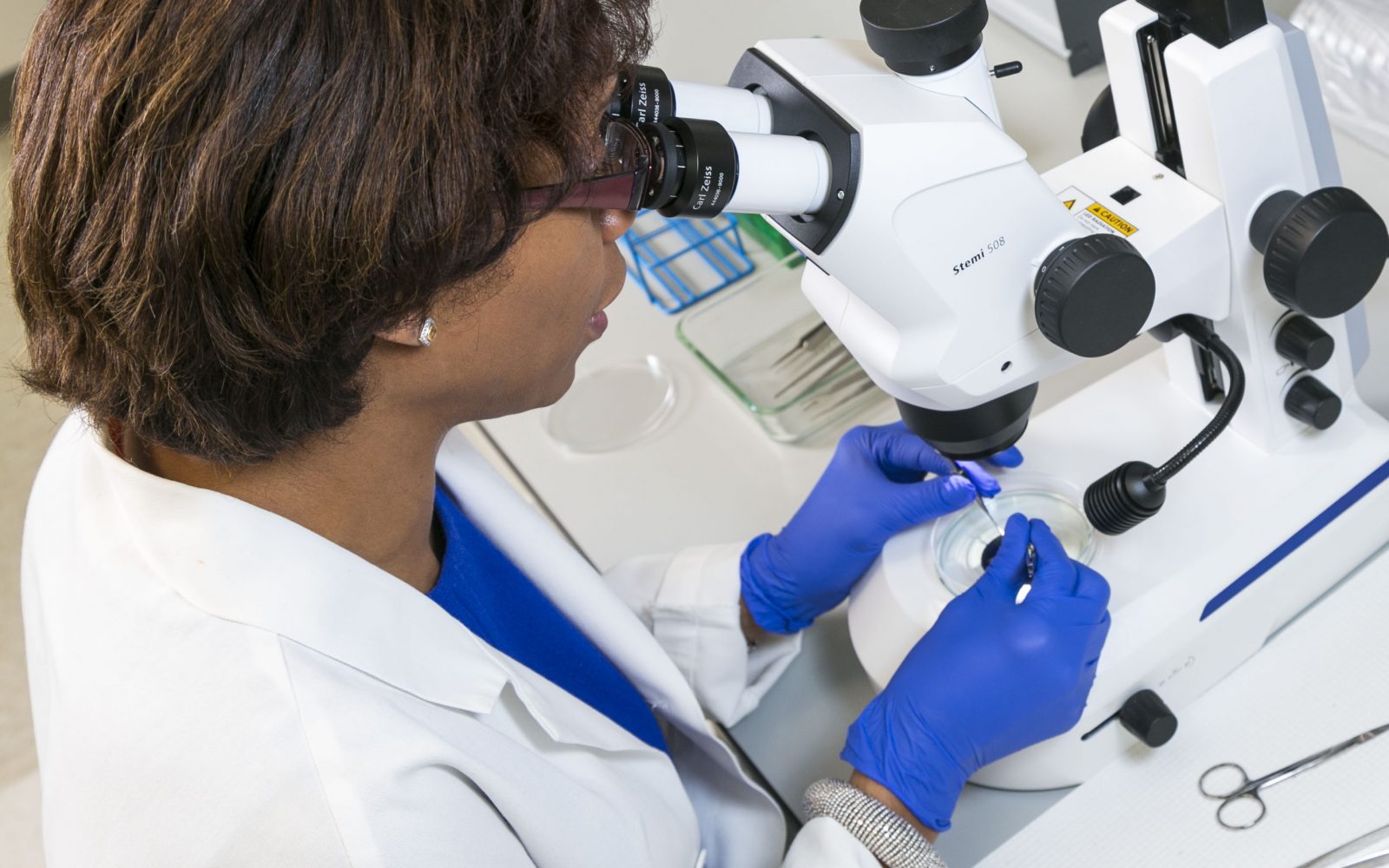

Multiple biophysical changes associated with this compartmentalization can occur in the tear film during SCL wear, which will be discussed later. 11 For successful contact lens wear, both the PLTF and PoLTF are important in maintaining ocular health. 10 Therefore, patients who previously did not experience symptoms may develop symptoms of discomfort and dryness. Tear evaporation rates associated with SCL use are high, even if SCL wearers are asymptomatic. 9 In addition, through tear exchange, the PoLTF removes the cellular and inflammatory debris contained within the lens itself. The PoLTF may be involved in interactions with the ocular surface and affect ocular comfort during contact lens wear. Although the PLTF is less stable and thinner than the tear film over the cornea, 8 it plays an important role in providing a smooth optical surface it also provides comfort and lubrication to the palpebral conjunctiva, reducing the friction between the lens and palpebral conjunctiva. Once a contact lens is placed on the eye, the tear film is divided into the pre-lens tear film (PLTF) and post-lens tear film (PoLTF). 7 A simplified scheme is shown in Figure 1. Uneven or insufficient tear distribution and increased friction are the 2 main factors underlying CLD. In keeping with the definition proposed by the CLD report, CLD will be used throughout the review rather than “contact lens dry eye.” MECHANISM “Contact lens dropout” refers to discontinuation of contact lens wear for a sustained period of time. The terms “contact lens dry eye,” “contact lens-related dry eye,” or “contact lens-induced dry eye” should be reserved for cases with a preexisting dry eye condition that may be exaggerated by contact lens wear and should not be used when talking about CLD. 6 CLD occurs while contact lenses are worn, and their removal mitigates the condition (especially the adverse ocular sensations). The CLD report describes some specific and relevant terminology that should be considered for such cases. The CLD report defines CLD as “a condition characterized by episodic or persistent adverse ocular sensations related to lens wear, either with or without visual disturbance, resulting from reduced compatibility between the contact lens and the ocular environment, which can lead to decreased wearing time and discontinuation of contact lens wear.” 6 However, contact lens practitioners have used a variety of terms to describe this condition, and there is no standard definition. 4,5 Since the publication of the Contact Lens Discomfort (CLD) report by the 2013 Tear Film and Ocular Surface Society (TFOS) Workshop, its importance has continued to grow. 2,3 Symptoms of discomfort and dryness are more frequent and intense in SCL wearers and exhibit a greater increase in intensity during lens usage than in nonwearers. CONTACT LENS DISCOMFORTĬontact lens wear is one of the relevant risk factors for dry eye.


Since most contact lenses prescribed today are SCLs, the contact lenses discussed in this review refer to SCLs.

Pitfalls that may be encountered in clinical practice and other associated topics are also described. This review primarily summarizes information from the latest topics related to contact lens and dry eye that would be useful for clinicians and contact lens practitioners, along with a concise review of what is known. According to the annual overviews of contact lens prescription trends, which surveyed contact lens fits from >20,000 cases from 25 countries in 2019, 1 soft contact lenses (SCLs) were prescribed in 87% of the cases, whereas gas-permeable lenses are supplied in 13% of fits (conventional lenses, 10% orthokeratology lenses, 3%). Contact lenses are widely used to correct refractive errors.


 0 kommentar(er)
0 kommentar(er)
